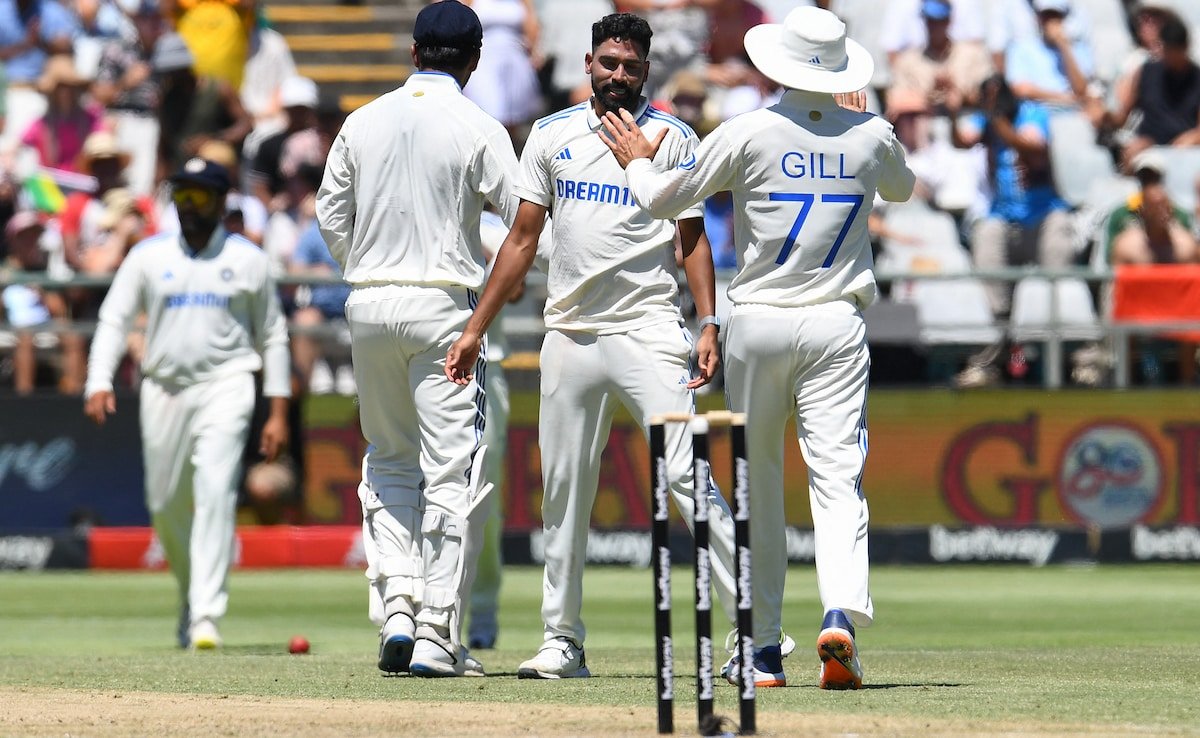Power outages have been a persistent issue in the Jammu and Kashmir U.T. with recent news reports indicating that the duration of these cuts is now extending to over 18 hours a day. The region is prone to power cuts; during the pandemic peak two years back, people had found it tough to operate oxygen cylinders due to many unscheduled outages. This time, too, the record electricity cuts have come during winter when minimum temperatures are plummeting.
In this issue, J&K is one of the handful of U.T.s/States facing hardships. While uninterrupted electricity across the year is still not realised in any of the Indian provinces, the U.T. stands out as an outlier topping both in number and duration of outages by a wide margin. SAIDI and SAIFI are two measures that can be used to compare the scale of power outages.
Also read | Kashmir’s 18-hour power cuts are ‘collective punishment’, says Opposition
SAIDI (System Average Interruption Duration Index) measures the hours of non-momentary electric interruptions, per year, experienced by an average customer.
Chart 1 | The chart plots SAIDI values of 50 power distribution companies across 29 States and U.T.s. for 2021-22. The two power distribution companies in J&K U.T. — KPDCL and JPDCL — are highlighted.
Charts appear incomplete? Click to remove AMP mode
These two companies top the SAIDI chart for that year. The KPDCL recorded 889 hours worth of interruptions per customer in 2021-22. In other words, about 37 days’ worth of power cuts. The JPDCL recorded 489 hours — close to 20 days.
SAIFI (System Average Interruption Frequency Index) measures the number of non-momentary electric interruptions, per year, experienced by an average customer.
Chart 2 | The chart plots SAIFI values of 50 power distribution companies across 29 States and U.T.s. for 2021-22.
KPDCL recorded a total of 713 interruptions that year, second highest for any company. JPDCL recorded 442 interruptions, fourth highest.
As can be noticed, in both charts, GESCOM, a power distribution company in Karnataka, is among the outliers. While that is true, the other companies in Karnataka have fared much better, making J&K U.T. an exception as both the companies have very high SAIDI and SAIFI values, resulting in the entire region suffering.
Chart 3 | The chart shows the SAIFI and SAIDI values for the month of September 2023.
While the above data is for 2021-22, more recent data shows the poor show continues and may have even worsened in the U.T. (Chart 3). In just September, KPDCL recorded a SAIFI value of 105, which means there were more than a hundred power interruptions. The second highest was much lower at just 47 (Meghalaya Energy Corporation Limited). In the same month, KPDCL recorded a SAIDI value of 80, which means that there were 80 hours worth of power cuts, the second highest.
Chart 4 | The chart shows the average hours of power outage in 2020-21 only in urban areas, across States and U.T.s.
One more important point to note is that, in most States, while power cuts are still prevalent in rural places, urban areas are relatively insulated from such outages. However, the power situation in the U.T. is equally worrisome in both urban and rural places. With over 736 hours worth of cuts, J&K U.T. lags other States in this measure by a wide margin. In fact, the two States that come closest are in the northeast — the other region in the country where this issue is prevalent.
Such prolonged power outages reduce the per capita income of a household and lead to a reduction in the study time of girls in an Indian household. It also reduces the employment time of women in India, a World Bank report argues.
vignesh.r@thehindu.co.in, rebecca.varghese@thehindu.co.in
Source: National Power Portal, Lok Sabha question and answers
Watch our Data video | Data Point: How Centre’s tax share rose during COVID, while States’ fell






